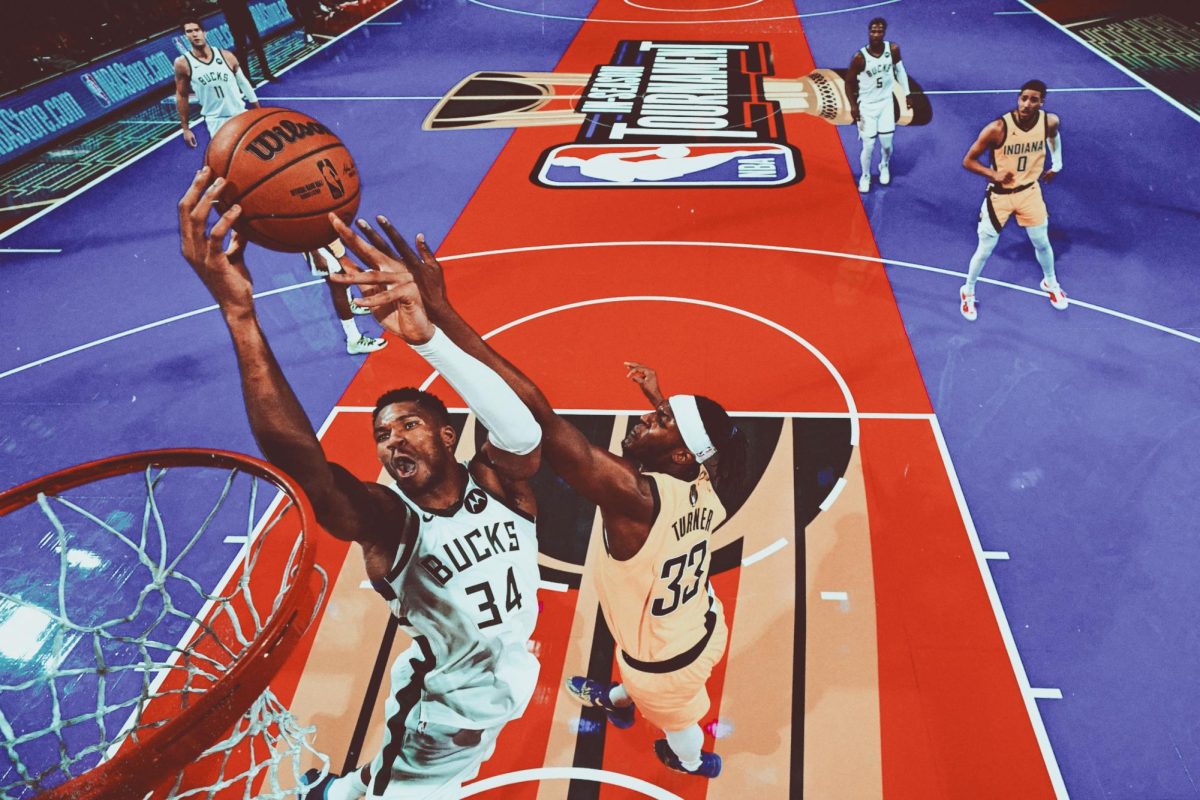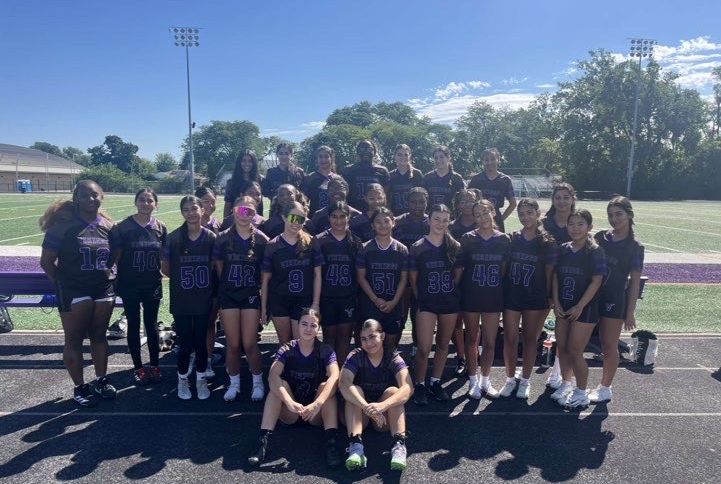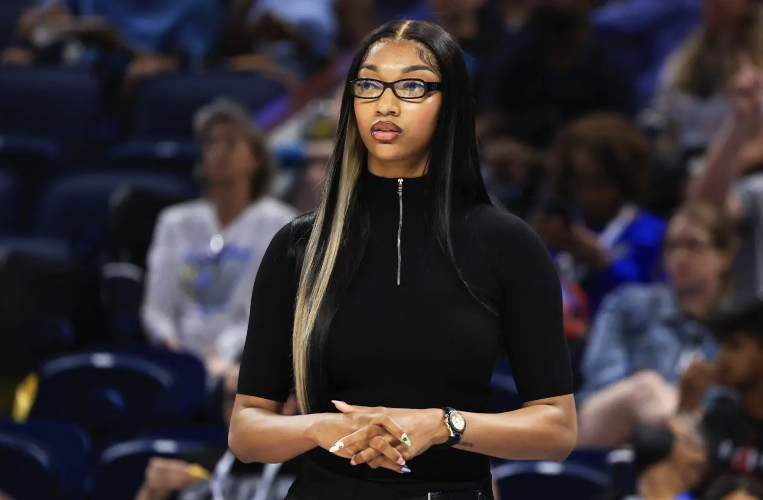On Dec. 9, the NBA’s first-ever In-Season tournament came to a close with the Lakers’ win over the Pacers. As the rising star Pacers retreated to their locker room while LeBron and company held up the inaugural trophy under the bright lights of Las Vegas’s T-Mobile arena, it marked the culmination of a thrilling week of games.
The tournament, which awarded $500k to each player of the winning team, was the NBA’s effort to make its monotonous regular season more exciting. In a way, it was a success. The tournament produced some of the most thrilling regular season basketball in years. Sports betting was up nearly 200%, and the championship clocked in the highest viewership of any non-Christmas regular season game since 2018. But it’s come and gone, and with nearly 75% of the regular season left to go, the NBA’s monotonous regular season is no more engaging than before. The In-Season tournament was a band-aid on a gaping, deep flaw in the NBA.
Since the NBA instated an extra “Play-In” round in 2020, 10 teams in each of the two conferences, or two-thirds of the league, make the playoffs every year. This completely strips away the intensity of competing for a tight playoff spot that makes the NFL, for example, must-watch every Sunday. Essentially, any team with playoff aspirations, whether elite or mediocre, is rewarded with a playoff berth without much rigor standing in the way. Even rebuilding teams can accidentally slip their way into the mix by virtue of being simply decent. That is unprecedented.
The product is an 82-game regular season that has no urgency, no excitement, no stakes, and no storylines. The solution for improving the NBA’s regular season isn’t a tacky one-week tournament, it requires something much more fundamental. For the NBA, it may be divisional rivalry.
Divisions have never held an overbearing amount of weight, but in 2016, the NBA rid its effect entirely. Rather than reserving the top three seeds for division winners, the NBA instead shifted their focus more broadly to the top-8, and eventually top-10 seeds in the entire conference. Unlike the NFL, NHL, and MLB which determine playoff contention based on divisional winners with the inclusion of a couple runner-up wild card teams, divisions in the NBA today have no purpose other than travel and scheduling. That takes away something special.
Divisional rivalry is a cornerstone of sports. The decades-long rivalries between bickering divisional brothers like the Chicago Bears and Green Bay Packers, or the Chicago Cubs and St. Louis Cardinals are key aspects of the game. When two face off, us fans are engaged to watch, and the players compete with more vigor. Not only would the utilization of divisions mend the NBA’s lack of must-see games, but it would also solve the league’s non-competitiveness. Five teams, in the case of the NBA’s existing divisions, fighting together for one or two playoff berths, would give each game higher stakes, implications, and urgency. Divisions would constantly be in an arms race, looking to knock off each other from the top seed. Taking your foot off the gas would leave you behind, not be rewarded with a mid-to-low seed playoff entry like it is today.
The league is sorely missing the competitive edge that divisions bring. The NBA product is bad television, and falling ratings have reflected this. The In-Season tournament was fun, but the NBA will need to do something much more drastic to solve its problems.









